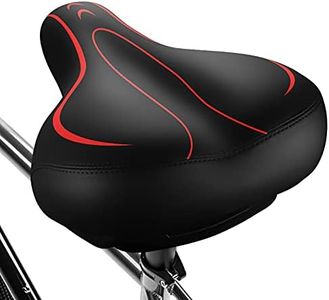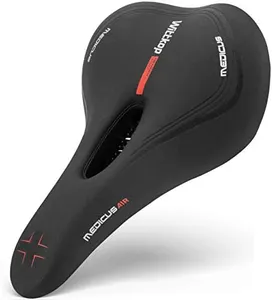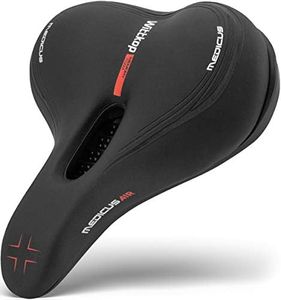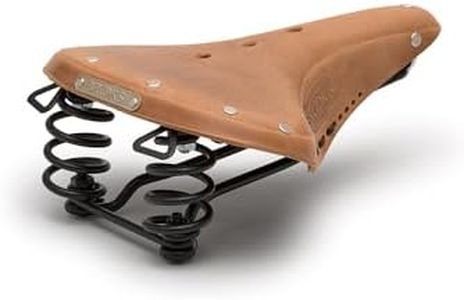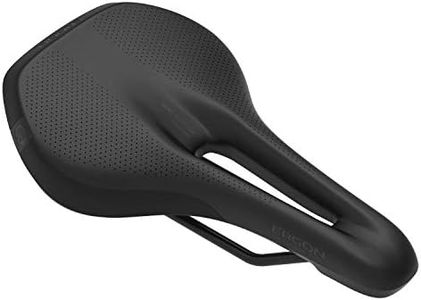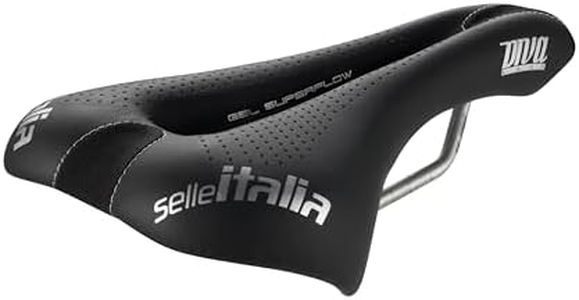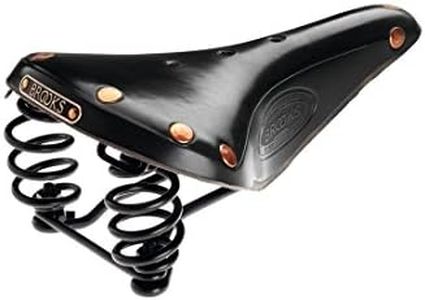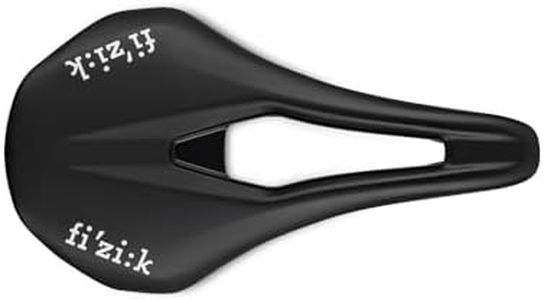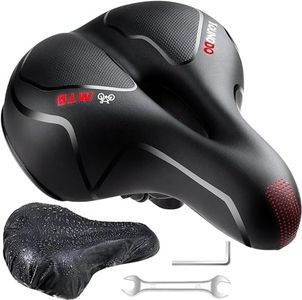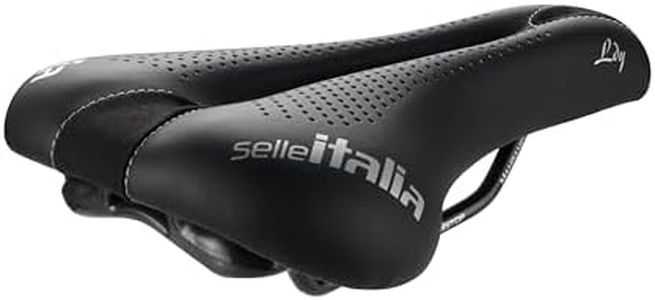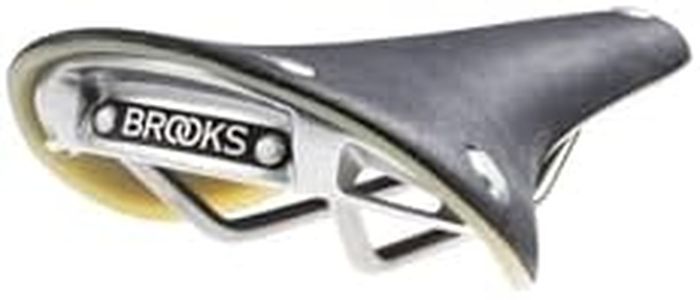We Use CookiesWe use cookies to enhance the security, performance,
functionality and for analytical and promotional activities. By continuing to browse this site you
are agreeing to our privacy policy
10 Best Bike Seats For Women
From leading brands and best sellers available on the web.By clicking on a link to a third party's website, log data is shared with that third party.
Buying Guide for the Best Bike Seats For Women
Choosing the right bike seat is essential for enjoying a comfortable and pain-free ride, especially for women, who often have different ergonomics and needs compared to men. The shape, padding, and materials of a seat can make a huge difference in how you feel after spending time on your bike, whether you’re commuting, leisure riding, or hitting long trails. It's important to match the seat to your body, riding style, and comfort preferences, so be observant about what feels right for you.Seat WidthSeat width is the distance across the widest part of the saddle. This is important because a seat that's too narrow can cause discomfort or pressure points, while a seat that's too wide can cause chafing and restrict leg movement. Women often have wider sit bones than men, so a seat that matches your individual sit bone width is crucial. When navigating seat width, narrow saddles (less than 140mm) are usually preferred for racing or aggressive riding positions. Medium widths suit most casual and fitness riders (about 140mm–155mm), while wider saddles (over 155mm) may work best for upright positioning and short, leisurely rides. To pick the right width, it's helpful to measure your sit bone distance or consult a bike shop, and consider your typical riding style and posture.
PaddingPadding refers to the cushioning material on top of the saddle, and common types include foam and gel. This spec is essential because it affects the comfort over different ride durations. Softly padded seats can feel nice for short city rides but may cause discomfort on longer journeys as you 'sink' into them. Firmer seats might be initially less plush but provide better support and remain comfortable over long distances. Gel padding molds to your shape and absorbs shocks, while foam provides consistent support. Consider your average ride length: softer or gel padding works for short and casual rides, while medium to firm foam is better for regular or long-distance riding. If you're often sore after rides, a little more padding may help, but remember not to go overboard, as too much can lead to new discomforts.
Seat ShapeThe overall profile and contour of the seat, or its shape, affects how your weight is distributed and how your legs move as you pedal. Some saddles are flat, while others are more curved; noses can be long and narrow or short and stubby. For aggressive, forward-leaning riding positions, a flatter and narrower saddle may allow more movement and less chafing. For upright riding styles, a rounder and shorter seat may provide better support. Women-specific saddles often have a slightly shorter nose and a wider rear to suit most women’s anatomy. The right seat shape for you depends on your posture and the type of riding you do—more upright riders tend to prefer wider and shorter shapes; those that lean forward may choose narrower, longer models.
Cut-outs or Relief ChannelsMany modern bike seats include a cut-out (hole) or a relief channel running down the middle. This feature is included to reduce pressure on sensitive areas, which is particularly important for women. If you experience numbness or pain while riding, a cut-out can help by relieving pressure and improving blood flow. Wider, more pronounced cut-outs are good for people with frequent pressure issues, while others may prefer a subtle groove or no cut-out if they don’t experience discomfort. Try a few different options if you’re new to this feature—your riding comfort should guide your choice.
Cover MaterialThe seat's cover material affects its durability, comfort, and maintenance. Common materials include synthetic leather, fabric, and sometimes real leather. Synthetic covers are durable and weather-resistant, making them easy to clean and practical for all-weather riding. Leather seats can be very comfortable as they conform to your shape over time, but they need more care and don’t like moisture. Fabric covers can offer a soft feel but may not be as weatherproof. Consider where and how you ride: frequent outdoor riders may want robust, water-resistant covers, while those riding indoors or in good weather may prioritize comfort.
